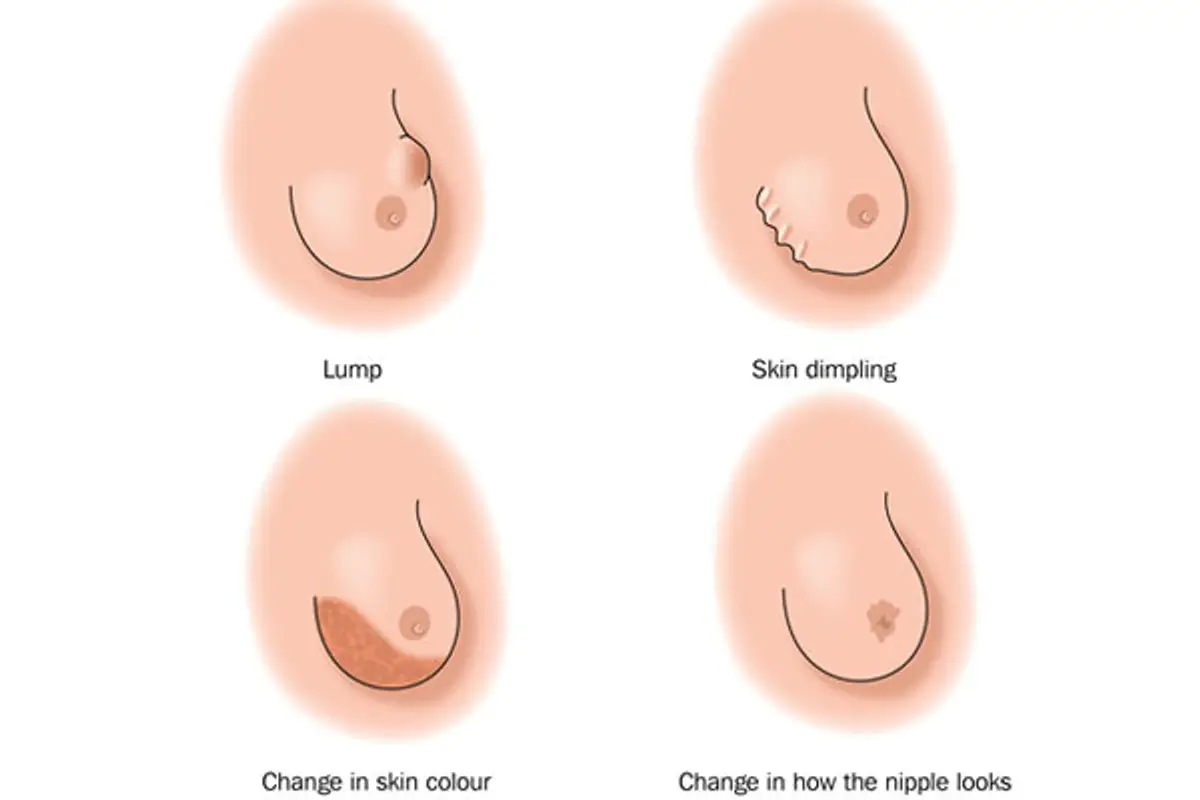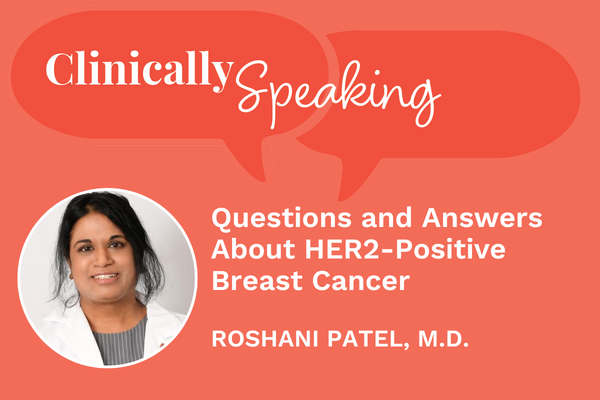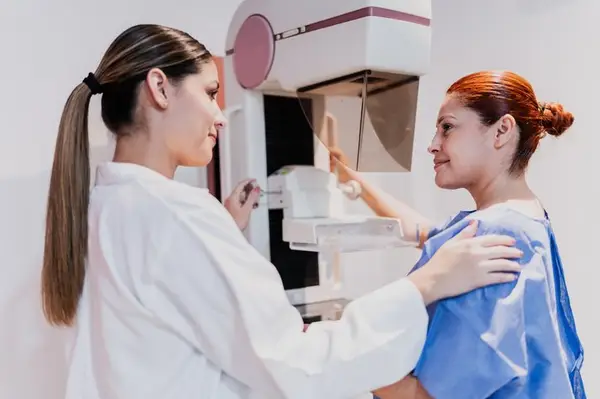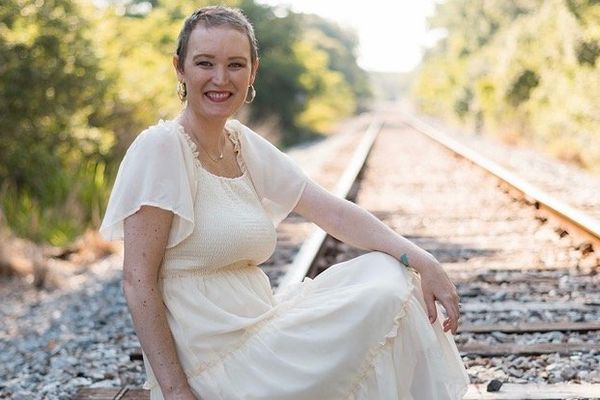If you notice a lump or detect a change in one of your breasts, either during a self-exam or by looking in the mirror, it's time to pay attention. "Any lump that is new and persistent, as well as progressive (growing in size) needs to be checked out and not dismissed as nothing," says Marisa Weiss, MD, president and founder of breastcancer.org. Some lumpiness may be normal, especially prior to your period, but you need to call it to your health care professional's attention. Even if your lump does not show up on a mammogram, you may still need further testing, such as a biopsy.
LEARN MORE: Breast Health
Be sure to call your health care professional for an appointment under these circumstances:
The breast lump:
—is new or feels unusual
—feels different from the breast tissue in either one of your breasts
—changes or grows larger
You notice:
—bloody or spontaneous discharge from your nipple
—skin changes on your breast, such as redness, crusting, dimpling or puckering
—an inverted nipple (turned inward) if it's not normally positioned this way
Here are some important questions to ask your health care professional:
- What should I do to find out if the lump is cancerous?
- Can you do a physical exam of my breasts and the lymph nodes in my armpits and neck?
- Should I get a mammogram?
- How about an MRI or an ultrasound?
- Will I need a biopsy?
- What does a biopsy involve?
- How long will it take to get the results?
- How will I obtain the results?
- If all tests are negative but the lump is still there, do I still need a biopsy?
- If the lump goes away and all the tests are clear, should I follow up with you more often than normal?






